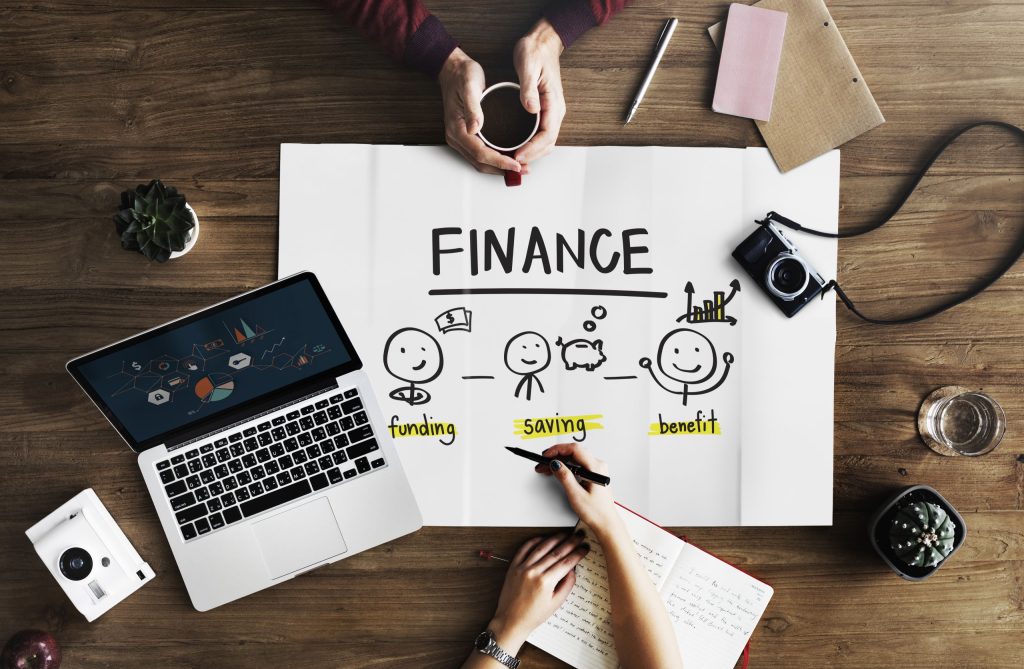In the world of finance, few figures hold the weight of authority like a Nobel laureate in economics, especially those who have deeply shaped the field of behavioral finance. These experts, such as Richard Thaler or Daniel Kahneman, are widely respected for their groundbreaking work in understanding how human psychology influences financial decision-making. Their theories on market anomalies, irrational behavior, and cognitive biases have become foundational to both academic research and real-world market strategies.
Yet, even the brightest minds can sometimes fail to predict the future, especially when new, unpredictable forces emerge. One such example occurred during the most recent wave of retail investor activity in the markets, which has been characterized by dramatic short squeezes, large-scale options trading, and what some have termed the “Gamma Revenge” effect. This phenomenon, where retail investors collectively drove up stock prices in a retaliatory “revenge” against institutional short-sellers, caught even behavioral finance experts off guard.
In this article, we’ll explore how the behavioral finance models of Nobel laureates—often focused on the irrationality of individual investors—missed key aspects of the current retail investing surge. We’ll examine the psychological and market forces behind this Gamma Revenge wave, why it deviates from traditional behavioral theories, and the cognitive blind spots that led some of the most respected scholars in the field to misjudge the scope of this retail-driven market phenomenon.
1. The Behavioral Finance Framework: A Brief Overview
1.1 What is Behavioral Finance?
Behavioral finance is a field of study that seeks to understand how psychological influences and cognitive biases shape financial decision-making. The discipline emerged as a challenge to the traditional economic models that assumed markets are always rational and efficient. Key figures like Daniel Kahneman and Amos Tversky demonstrated that human behavior often leads to systematic errors in judgment, such as:
- Overconfidence Bias: Investors overestimate their knowledge or ability to predict market movements.
- Loss Aversion: People tend to fear losses more than they value gains, often leading to suboptimal investment choices.
- Herd Behavior: Investors tend to follow the actions of the crowd, leading to market bubbles or crashes.
These insights have reshaped how we view market behavior, especially in times of crisis or instability, where emotional responses can override rational thinking.
1.2 The Impact of Behavioral Finance on Market Predictions
Behavioral finance theories, particularly those related to irrationality and psychological biases, have been incredibly influential in explaining market phenomena. Nobel laureates like Richard Thaler were instrumental in integrating psychological factors into economics, showing how individuals and markets can act in ways that deviate from purely logical predictions.
For decades, this lens of human irrationality has helped explain everything from stock market bubbles to mass sell-offs during economic crises. The idea that market movements often reflect emotions and group psychology rather than fundamental analysis became a core part of financial modeling and forecasting.
However, this perspective began to hit a roadblock in the recent surge of retail investing, which has, to some extent, defied the behavioral finance playbook.
2. The Rise of Retail Investors: A New Kind of “Gamma Revenge”
2.1 What is Gamma Revenge?
In the recent wave of retail investing, particularly through platforms like Reddit and Robinhood, a new phenomenon emerged: the “Gamma Revenge” effect. This wave was characterized by retail investors taking control of the options market and pushing heavily shorted stocks, like GameStop (GME) and AMC, into massive short squeezes.
To understand this, let’s break down some of the core dynamics at play:
- Options Trading: Retail traders, empowered by commission-free trading platforms and social media communities, began buying large amounts of call options on stocks that were heavily shorted. This created massive gamma squeezes, as market makers were forced to buy underlying shares to hedge their positions.
- The Gamma Squeeze: In options trading, the term gamma refers to the rate of change of an option’s delta. A large volume of call options being bought triggers gamma exposure, causing market makers to buy underlying stocks to hedge their options positions, which in turn drives up the stock price. This creates a feedback loop, amplifying the price movement.
- Revenge Against Institutions: The “revenge” aspect comes from the fact that retail investors were retaliating against institutional short-sellers who had bet against these stocks. By coordinating buying activity on social media platforms like WallStreetBets, they were able to force institutional investors to cover their short positions, driving the price up.
This dynamic was an entirely new form of market behavior that caught many seasoned investors, including those within the behavioral finance community, by surprise.
3. Why Behavioral Finance Models Misjudged the Retail Phenomenon
3.1 The Underestimation of Retail Coordination
One of the key tenets of traditional behavioral finance is the idea that individual investors tend to act irrationally or emotionally, often making poor investment decisions based on biases like herding or overconfidence. This idea assumes that investors typically lack the coordination or organizational power to influence markets on a large scale.
However, the recent retail surge demonstrated that individuals could collectively organize through social media platforms like Reddit and drive significant price action. Platforms like Reddit’s WallStreetBets allowed retail investors to coordinate their actions, creating herd-like behavior but with the added collective power of a massive online community. This defied the traditional understanding that retail investors are too fragmented to have any meaningful impact on stock prices.
Nobel laureates in behavioral finance had underestimated the empowered, coordinated action of modern retail investors, missing how social media and instant communication could transform dispersed individuals into a formidable force. The wave of retail-driven gamma squeezes was more than just random acts of irrationality; it was a collective movement orchestrated through modern digital platforms.
3.2 The New Role of Options Trading
Behavioral finance theories also fail to account for the significant role of derivatives, particularly options trading, in modern markets. The GameStop short squeeze was not simply the result of irrational buying or panic selling; it was driven by a sophisticated use of options strategies—something behavioral finance models didn’t fully anticipate in terms of retail involvement.
Retail investors took advantage of low-cost options to push the price of heavily shorted stocks higher. This interaction between options markets and short squeezes created feedback loops that amplified the price moves far beyond what traditional behavioral models predicted. In essence, the gamma squeeze phenomenon was a product of the complexity of modern financial instruments, which behavioral finance models were not designed to predict.
3.3 The Misreading of Retail Investor Psychology
Another major blind spot in traditional behavioral finance is the misunderstanding of retail investors’ psychology during market booms. While traditional models emphasize loss aversion, fear of missing out (FOMO), and emotional decision-making, the retail surge was driven less by blind speculation and more by a sense of empowerment and community.
In the case of GameStop and AMC, the retail investors were not merely fearful of missing out on gains but were motivated by a shared sense of purpose: to punish institutional short-sellers. Their actions were not driven purely by individual irrationality; rather, they were a coordinated, collective effort based on a shared narrative. This was a fundamental departure from the individualistic model that behavioral finance typically assumes.

4. Cognitive Blind Spots: Why Experts Missed It
4.1 The Traditional Lens of Irrationality
Nobel laureates in behavioral finance, like Richard Thaler and Daniel Kahneman, focused on how human cognitive biases influence decision-making. Their theories often center around individual mistakes in judgment, such as overconfidence, loss aversion, and herd behavior. However, these biases are usually seen as intra-individual phenomena, not collective, coordinated actions.
When applied to retail investors, this framework leads to the belief that they are acting irrationally or out of emotional impulses. But this overlooks the fact that today’s retail investors, empowered by social media and easy access to options trading, can coalesce around shared goals and take organized action in ways that traditional models of irrational behavior cannot explain.
4.2 The Evolution of Market Psychology
Another cognitive blind spot is the failure to account for the evolution of market psychology in the digital age. Today’s retail investors are
not passive actors; they are digitally connected, well-informed, and increasingly sophisticated in their trading strategies. Platforms like Reddit and Discord provide avenues for rapid information exchange, turning individual buyers into a unified force capable of impacting stock prices in a way that traditional finance models do not fully appreciate.
5. Conclusion: Rethinking Behavioral Finance in the Age of Retail Empowerment
The Gamma Revenge wave, driven by the coordinated actions of retail investors, marks a profound shift in how we understand financial markets. Behavioral finance has long been instrumental in explaining the irrational behavior of individuals, but the current market dynamics show that collective action and digital coordination can sometimes overpower traditional models of individual irrationality.
As we move forward, it is essential for behavioral finance experts to reconsider their assumptions about retail investors and their ability to shape markets. The era of retail empowerment, driven by options trading and social media, challenges the old paradigms and opens up new questions about the role of collective behavior in modern financial markets.














































